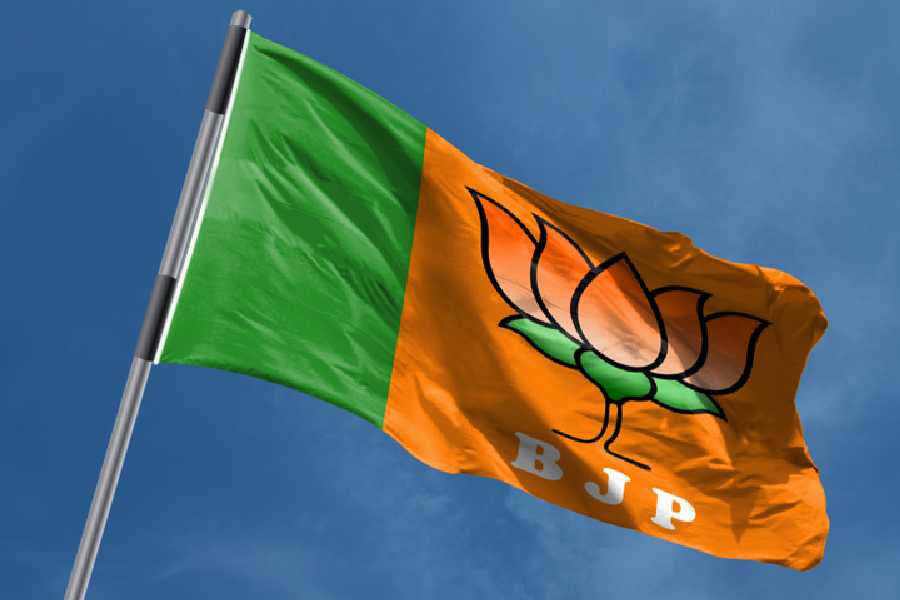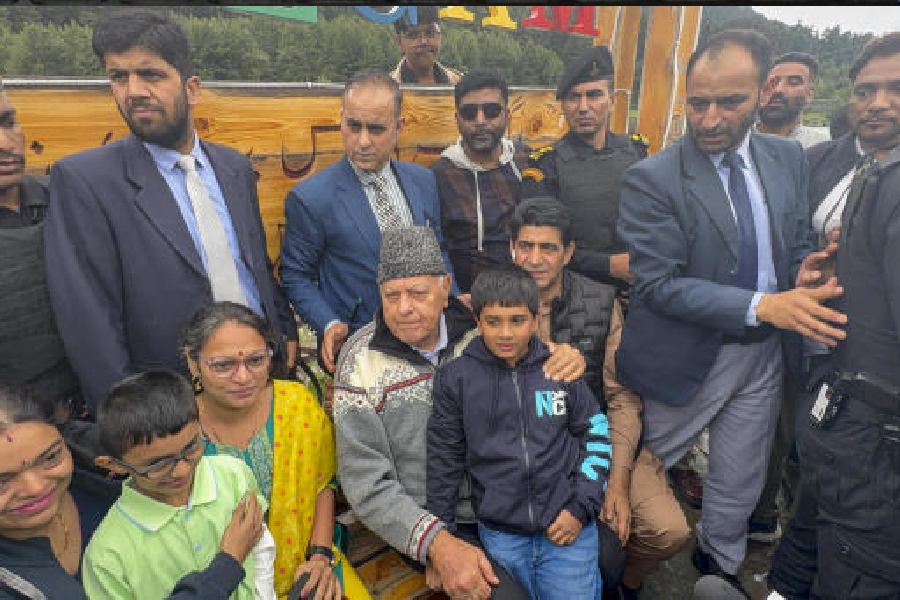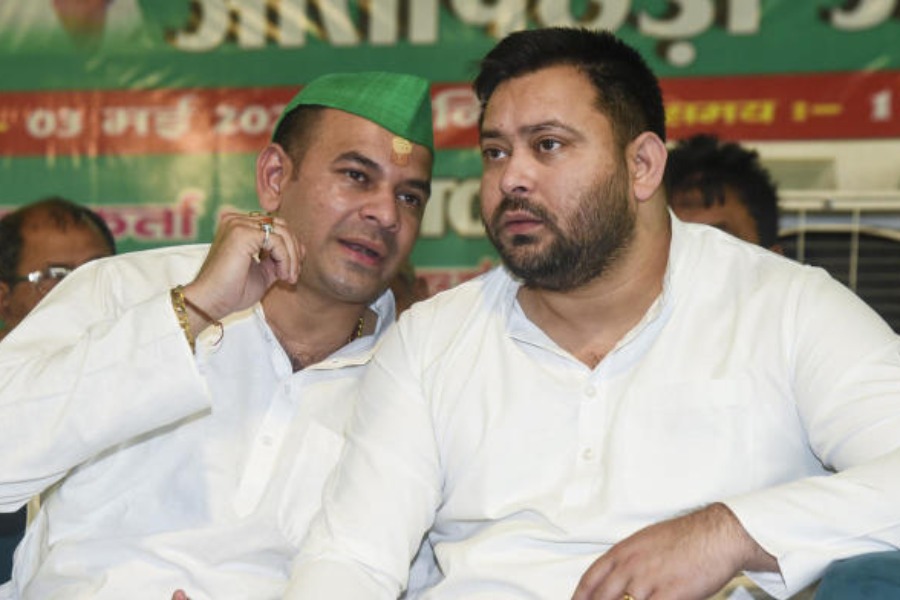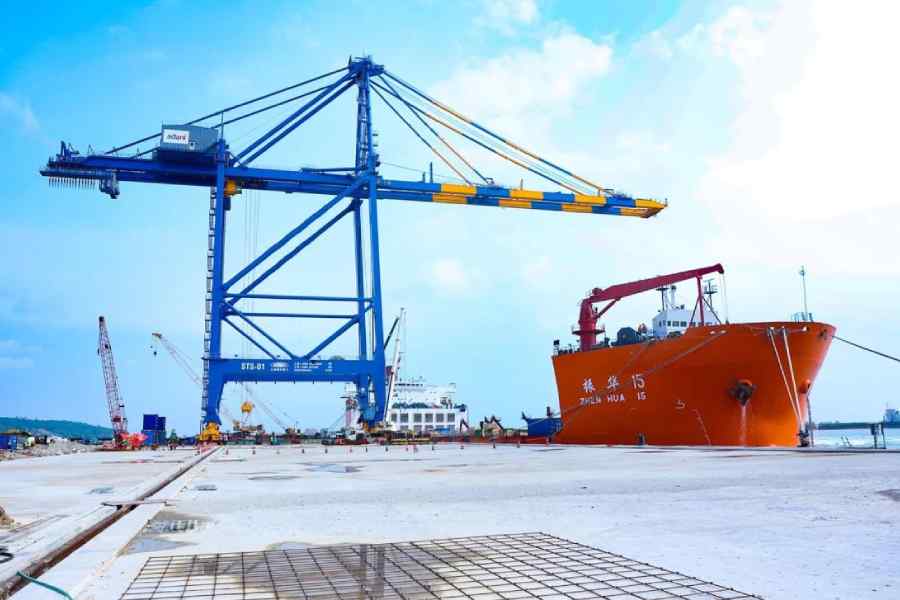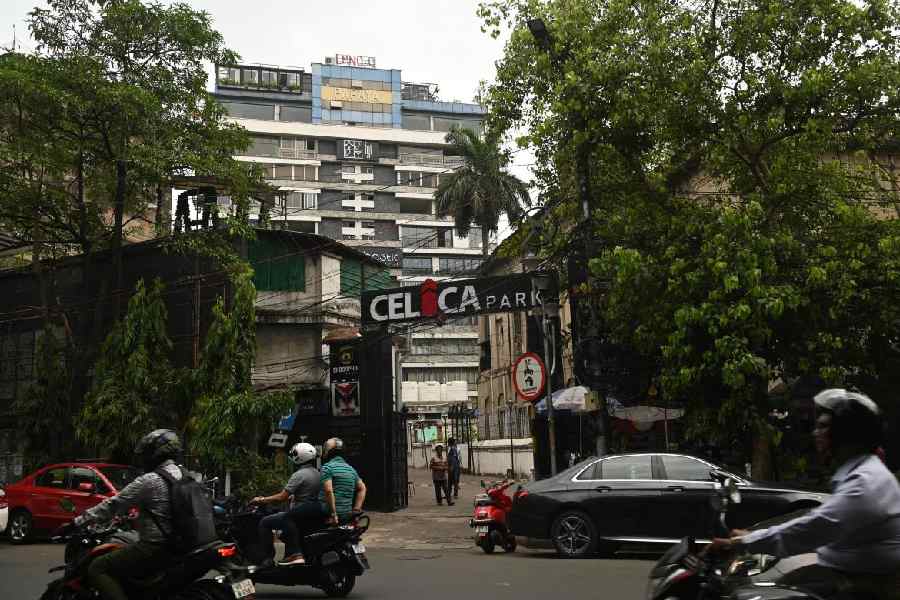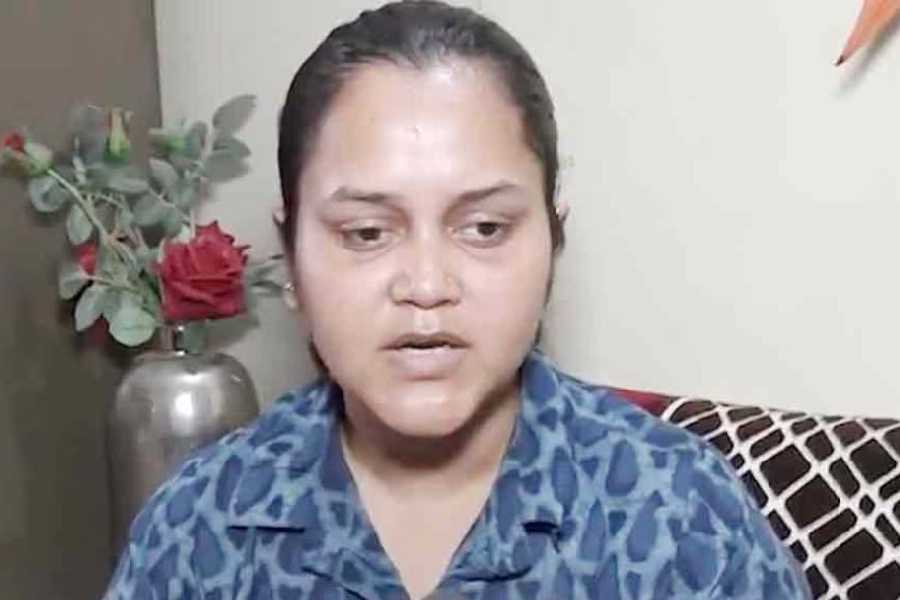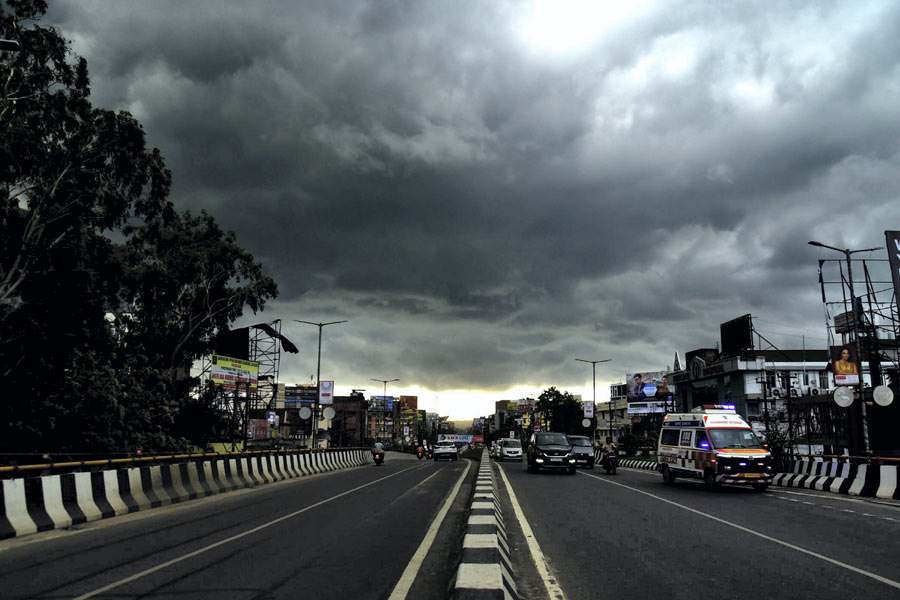 |
John Zoffany’s Last Supper, among the most prized artistic possessions of the city and hanging in St John’s Church since it opened in 1787, is being restored.
A team of conservators from the Indian National Trust for Art & Cultural Heritage (Intach) headed by Renate Kant, a German painting conservator based in Singapore, is working on the giant canvas in a makeshift laboratory erected inside the church near Raj Bhavan.
Like the structure of the church and the mouldings inside, Zoffany’s Last Supper is in bad shape. The restoration budget for the 10ft x 12ft painting is Euro 15,000 to 20,000, to be funded by the Max Mueller Bhavan with Intach chipping in.
Zoffany, who spent six years in India, is considered one of the founding artists of the British School of the 18th century.
His Last Supper incurred the wrath of people on whom he had modelled the Apostles. Judas, who is easily identified by his tortured visage, was said to have either been modelled on a “certain English resident at the Court of Lucknow” or Tulloh, a Calcutta auctioneer of those times.
Kant, who has spent 15 years working in Asia, conjectured that the painting may have been damaged by those it had angered.
“It has different histories of damage, partly severe and a cut up to 40cm. There were triangular cuts through the image, holes and abrasion.” But the painting’s condition is “stable”.
There were two earlier major repair attempts — it was relined and supported by a second canvas. It has several sections of overpaint that cannot be dissolved in strong chemical but has to partly be removed mechanically.
Kant says the first “profound treatment” happened more than 100 years ago. A second stretcher was constructed and the painting was partly cut. So the image is slightly reduced at the lower edge.
But the Kitkat teak wood frame — known after frames in the Kitkat Club of London — and the gold foil on it are not damaged.
“Sixty per cent of our time will be dedicated to de-restoration and consolidation of the work,” says Kant, who was identified by Reimar Volker, the director of Max Mueller Bhavan in Calcutta, to train the conservationists’ team at Intach “to sharpen their skills”.
Intach had proposed to Max Mueller that it help the NGO upgrade its skills of restoration to international standards, says the eastern circle convener G.M. Kapur, by working on such a huge and important painting.
Retouching can start later. Kant will return to Singapore but she will be back to supervise the project. The Intach group will continue its work and she will keep an eye through video conference on Zoffany’s Last Supper on Council House Street.
According to Indian Life and Landscape by Western Artists published in 2008 jointly by the Victoria & Albert Museum, London, and the Chhatrapati Shivaji Maharaj Vastu Sangrahalaya of Mumbai, the German-born painter was a great success in London early in his career for his “theatrical scenes painted for the society actor, David Garrick, and for his conversation pieces shown at the Society of Artist’ exhibition from 1762”.
Following a downturn in his career, “He then spent six years in India dividing his time between Calcutta and Lucknow… Zoffany left Calcutta for England in January 1789 with, as he noted, ‘better fortune than health’.”
By June-end, the health of his Last Supper will be restored.


